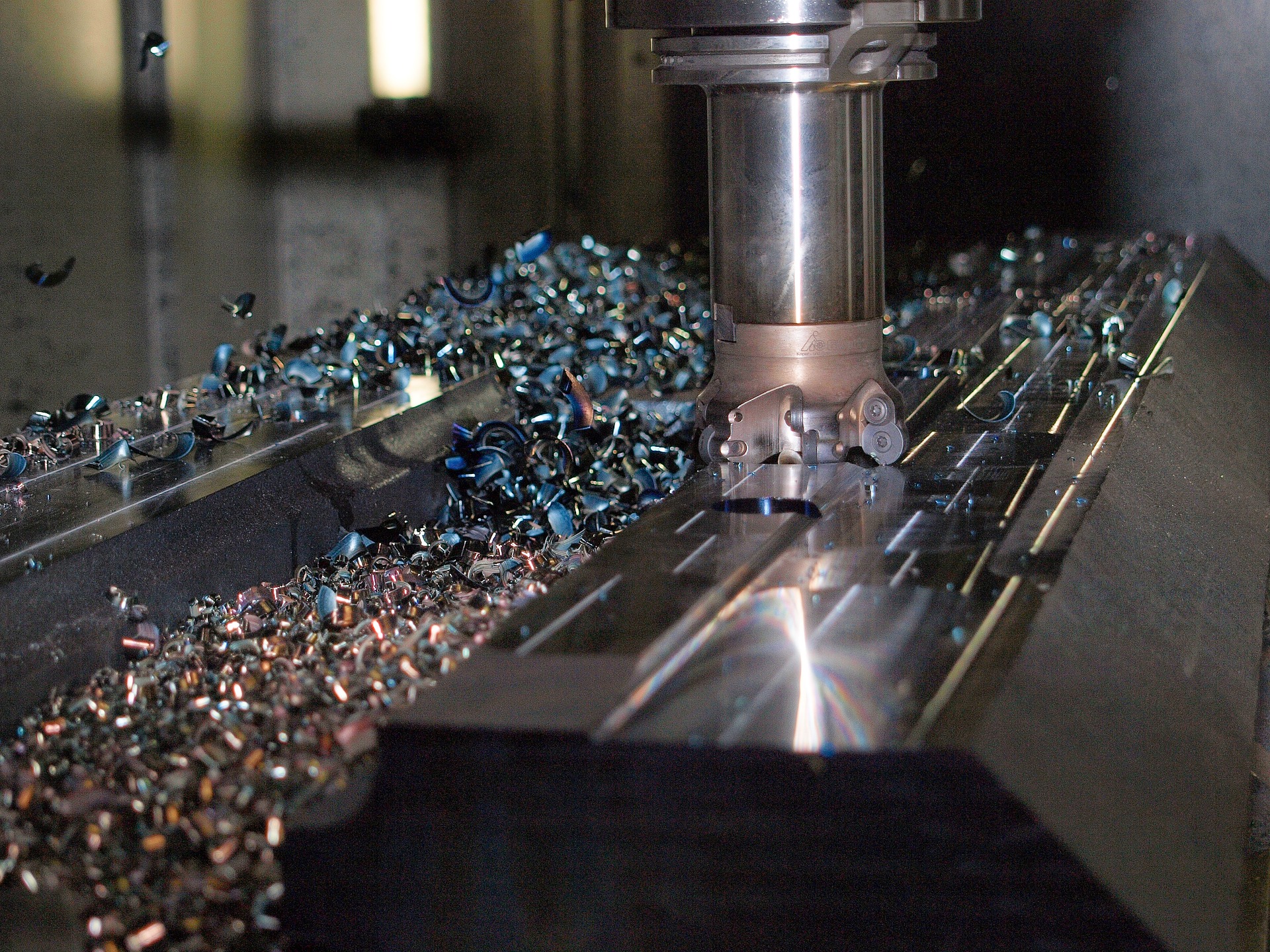
CNC machining can introduce some difficulties that not all facilities are prepared for. Let’s take a look at the top five CNC machining challenges.
While newer CNC machines are getting better and better, some machines struggle to cut out complex CNC parts, such as those that are asymmetrical or have particularly unique patterns. Typically, the more axes in a machine, the easier it is for the machine to achieve complex cuts.
One limitation of a CNC machine is the software and how quickly it can communicate with the cutting device. Many times, technical upgrades can offer a quick fix. You may be able to find faster hardware to meet the demand and match it with more powerful software for processing speeds that enable efficient operations.
CNC machining can involve some additional steps that are not required in more traditional approaches. For instance, deburring might be required on some metals that go through a CNC process, where traditional cutting wouldn’t need this extra step. It’s important to consider the effects that CNC machining can have on the different types of materials and parts being cut. It may add to the process and cause a longer production time.
CNC machines can be a costly investment, but they can also deliver significant profits, so they’re almost always worth the cost. They can improve efficiency immensely and help deliver higher-quality products.
What some companies don’t factor in is the high cost of repairs. These machines are complex and require a mix of mechanical and programming knowledge to fix. One way to keep costs down is to implement preventative maintenance programs to keep equipment from breaking down in the first place. This also keeps the production floor from experiencing unplanned downtime.
While CNC machines make it easier for less-experienced operators to create complex, high-quality parts, it still requires knowledgeable workers to set it up and make the right selections. For instance, a worker needs to know how to identify chattering and vibration, as they can affect the life of the machine and the quality of the finished piece. Another potential issue could happen during the programming stage. If the worker is lacking in programming knowledge, a wide range of errors could occur.
Comprehensive employee training can help mitigate these challenges and ensure that the right specifications are followed.